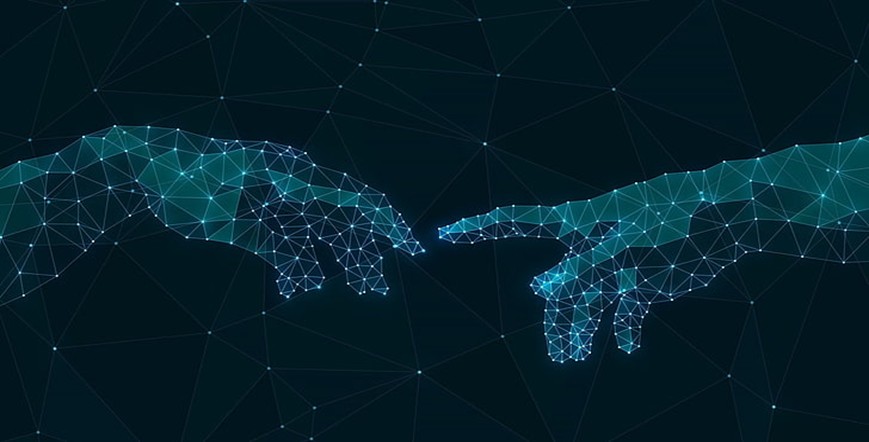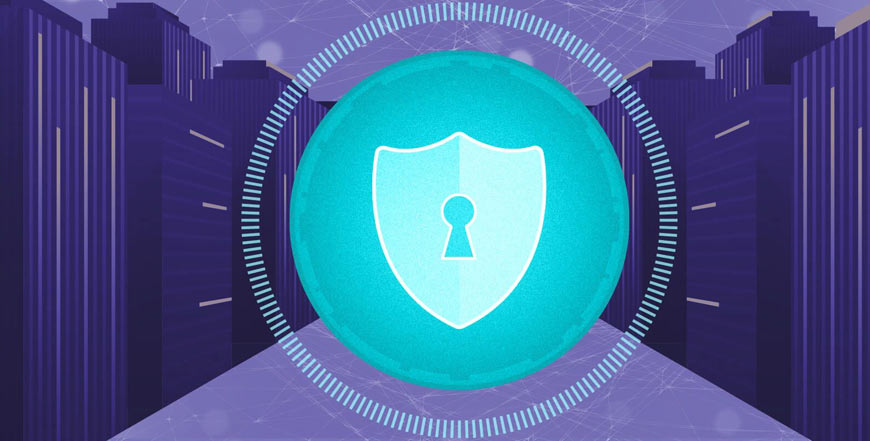
Latest News and Updates

Designing for Digital Twins: Infrastructure That Talks Back
As digital twin technology becomes more widespread in architecture and engineering, it’s driving a fundamental shift in how building infrastructure is conceived and managed. A digital twin is a real-time, data-rich virtual replica of a physical asset — from a single building system to an entire property — enabling smarter decision-making across the entire lifecycle. For ELV and network infrastructure, this opens up new possibilities for predictive maintenance, simulation-based design, and intelligent system integration.
Infrastructure designed with digital twin compatibility allows for real-time data collection from systems like BMS, AV, lighting, and security — all feeding into a centralised virtual model. This model not only supports operational insights but can also test scenarios such as energy load balancing, occupancy changes, or equipment failures before they happen in the real world. The result is a more resilient, adaptive, and cost-effective approach to building operations.
By aligning infrastructure with digital twin principles, design teams and facility managers gain a dynamic toolset to optimise performance and reduce lifecycle costs. As adoption grows across commercial, healthcare, and cultural sectors, digital twins are poised to become a standard in high-performance, smart-enabled buildings — where systems don’t just function, they respond.








